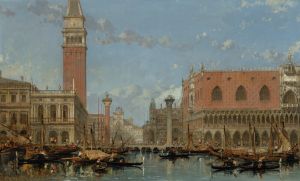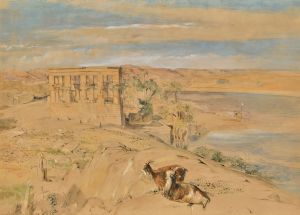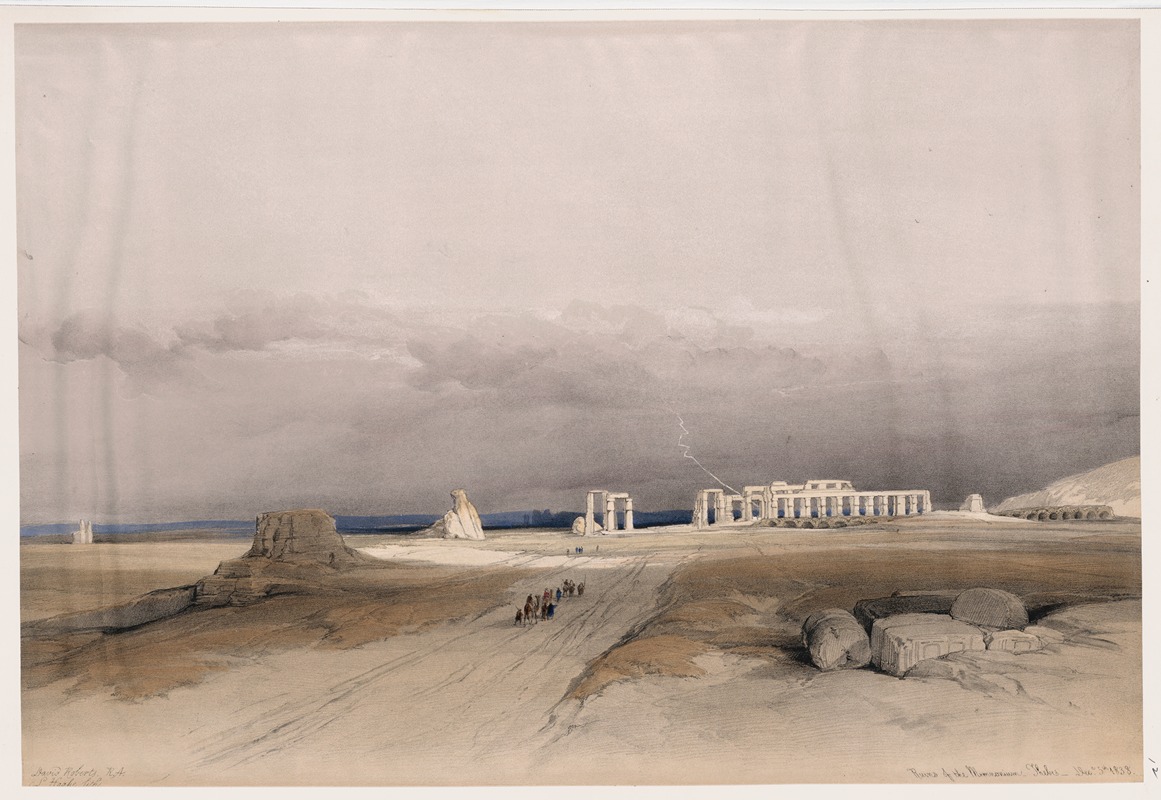
Ruins of the Memnonium, Thebes. Dec. 5th, 1838.
A hand-painted replica of David Roberts’s masterpiece Ruins of the Memnonium, Thebes. Dec. 5th, 1838., meticulously crafted by professional artists to capture the true essence of the original. Each piece is created with museum-quality canvas and rare mineral pigments, carefully painted by experienced artists with delicate brushstrokes and rich, layered colors to perfectly recreate the texture of the original artwork. Unlike machine-printed reproductions, this hand-painted version brings the painting to life, infused with the artist’s emotions and skill in every stroke. Whether for personal collection or home decoration, it instantly elevates the artistic atmosphere of any space.
"Ruins of the Memnonium, Thebes. Dec. 5th, 1838." is a painting by the Scottish artist David Roberts, known for his detailed and historically significant depictions of ancient sites in the Middle East and North Africa. This particular work captures the grandeur and decay of the Memnonium, also known as the Ramesseum, which is a mortuary temple of Pharaoh Ramesses II located in Thebes, Egypt.
David Roberts was born in 1796 in Stockbridge, Edinburgh, and became one of the most prominent painters of the 19th century, particularly noted for his Orientalist works. His journey to the Middle East began in 1838, and he spent the following year traveling through Egypt, Nubia, the Sinai Peninsula, the Levant, and the Holy Land. During this expedition, Roberts created numerous sketches and studies that would later serve as the basis for his lithographs and paintings.
The painting "Ruins of the Memnonium, Thebes" is part of a larger collection of works that Roberts produced following his travels. These works were later published as lithographs in "The Holy Land, Syria, Idumea, Arabia, Egypt, and Nubia," a series that gained significant acclaim and contributed to the Western fascination with the ancient cultures of the region.
The Memnonium, or Ramesseum, depicted in Roberts' painting, was constructed during the 13th century BCE and served as a temple complex dedicated to the god Amun and the deceased king, Ramesses II. The site is renowned for its colossal statues and monumental architecture, which Roberts captures with meticulous attention to detail. His painting illustrates the ruins as they appeared in the 19th century, offering a glimpse into the past grandeur of the temple while also highlighting the effects of time and neglect.
Roberts' work is characterized by its precision and the artist's ability to convey the scale and majesty of the ancient structures he depicted. His paintings and lithographs played a crucial role in shaping Western perceptions of the Middle East and contributed to the burgeoning field of Egyptology. The accuracy and artistry of his depictions provided valuable visual documentation of sites that were, at the time, largely inaccessible to the general public.
The painting "Ruins of the Memnonium, Thebes" is a testament to Roberts' skill as an artist and his dedication to capturing the essence of the ancient world. His works remain significant both as artistic achievements and as historical records, offering insight into the architectural and cultural heritage of ancient Egypt.
David Roberts' contributions to art and archaeology continue to be recognized today, with his works held in numerous collections and museums around the world. His legacy endures as a bridge between the past and present, bringing the wonders of ancient civilizations to life for contemporary audiences.





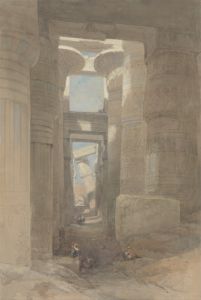
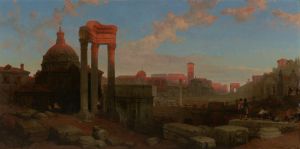
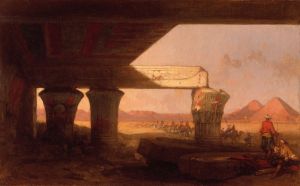
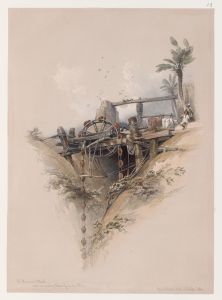
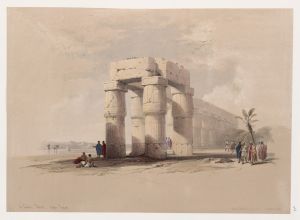
![Dayr el Medeeneh [Dayr al-Madînah], Thebes.](/imgs/217473/s/david-roberts-dayr-el-medeeneh-dayr-almadinah-thebes-248e9138.jpg)
![Excavated Temple of Gyrshe [Gerf Hussein], Nubia.](/imgs/217480/s/david-roberts-excavated-temple-of-gyrshe-gerf-hussein-nubia-fb4767b0.jpg)
![Temple of Dandour [Dendûr], Nubia.](/imgs/217545/s/david-roberts-temple-of-dandour-dendur-nubia-8921547f.jpg)
![Temple of Wady Kardassy [Qirtâsî] in Nubia.](/imgs/217550/s/david-roberts-temple-of-wady-kardassy-qirtasi-in-nubia-d2cce283.jpg)
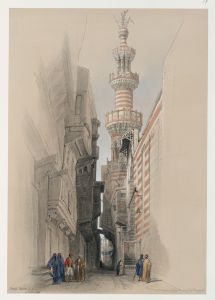
![Tombs of the Khalifs [Caliphs], Cairo.](/imgs/217567/s/david-roberts-tombs-of-the-khalifs-caliphs-cairo-375b2402.jpg)
